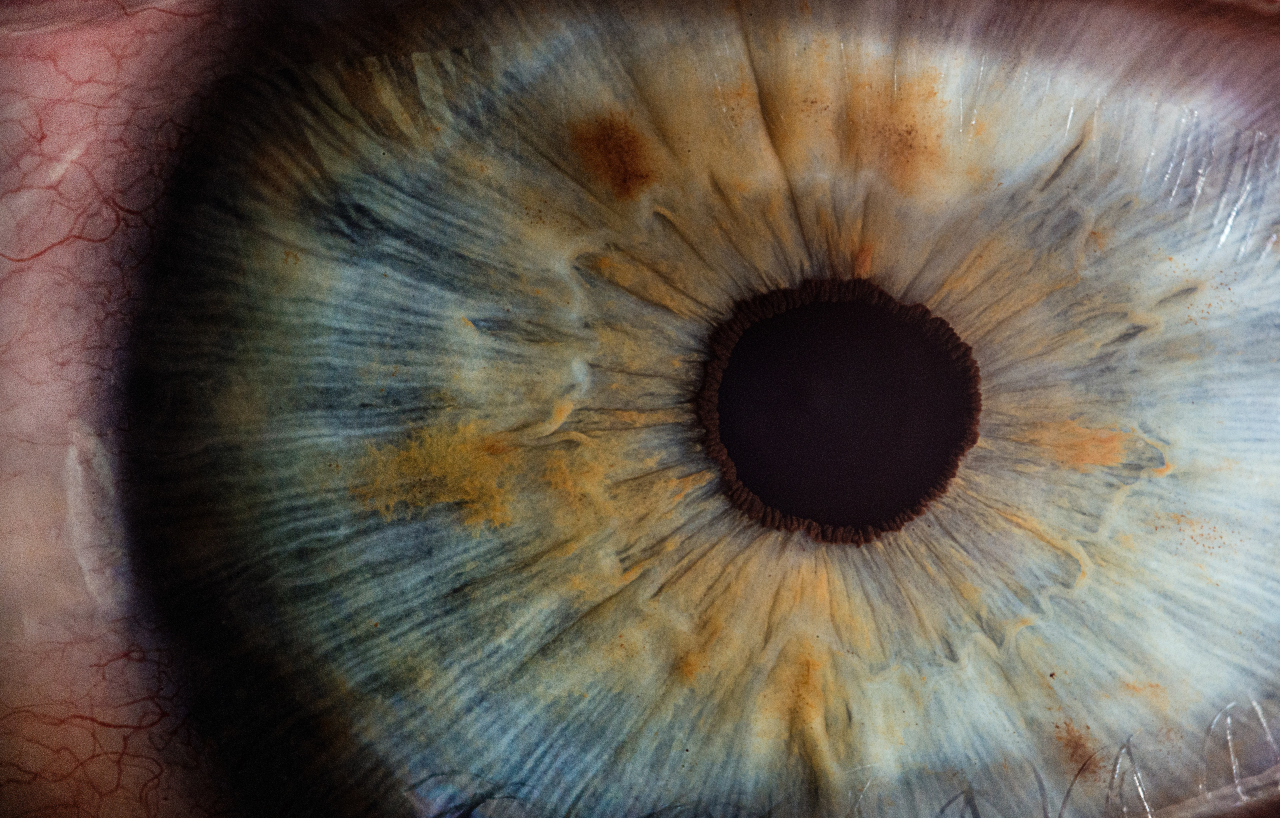Dry Eye
By Lizelle Dorfling-Smith
Optometrist
B.Optom (RAU) CAS (NECO)
1. How Common is this condition
According to a National Health and Wellness Survey done in 2013, it was found that approximately 6 million people reported to experience DED (Dry Eye Disease) symptoms. Although, these mentioned people, had not been formally diagnosed with DED. (1)
It also happens very frequently that when a DED diagnosis is made, the clinicians often underestimate the severity. One study found that more than 54% of patients over 65 years of age and 43% of female patients had their dry eye severity very underestimated by their clinician. (2) This is without a doubt a condition that is very prevalent but not enough in depth attention is given to improving the symptoms in the long term.
A. What does a tear layer consist of and how does it function?
Your tear layer consists of 3 parts:
i. Sticky Mucin Layer
ii. Aqueous Layer
iii. Lipid Layer
These 3 layers work together to provide a stable tear layer. As a unit these three layers protect your eye from infections, foreign particles and create a healthy surface. This tear layer also provides an optically optimal surface to bend light for a clear image. If any of these 3 layers are deficient or lacking, you can have a dry eye and experience some dry eye symptoms. The degrees of these symptoms are dependent on how much any of these 3 layers are affected.
B. A breakdown of these layers can be caused by a variety of factors including:
i. Environment
Very windy, dry conditions as well as a low humidity can aggravate dry eye symptoms. This also includes environments with air-conditioners and extended periods of computer work.
ii. Age
Women are diagnosed much earlier in age with with Dry Eye Disease (DED) than men. (3)
iii. Gender
Gender is one of the greatest risk factors for dry eyes. This is because of varies factors such as auto-immune diseases over the age of 50, (3) as well as the fact that woman are more likely to experience dry eye symptoms due to hormonal changes during pregnancy and menopause.
iv. Medical Conditions
As mentioned above, Auto-immune diseases are the most related to dry Eye Disease.
v. Medication
2. COMMON SYMPTOMS
Dry Eye can present with all or some of the following symptoms:
i. A sandy or gritty feeling
ii. Sore, red eyes
iii. Uncomfortable or painful sensation
iv. A feeling of itchiness or burning
v. Intermittent blurry vision
vi. Watery eyes, as if you are crying. Watery eyes often means that you are producing poor quality tears causing it to evaporate too quickly hence forming more and more tears because of the underlying dryness still present.
- EPIDEMIOLOGY
A recent survey had revealed that 66% of Ophthalmologists report that patients present with screen related eye problems, and 88% point to smartphone use as the cause of rising a DED (Dry Eye Disease) prevalence.(4) Hand held electronic devices are also now recognised as a risk factor for DED because it reduce the rate of blinking and it causes the tear film to evaporate faster. (5)
The “cost”of managing DED by Ophthalmologist has also shown a great economical impact all over the world, as shown by a study done by Mc Donald et al. in 2016. (6)
It showed the cost of managing a 1000 DED patients to be around $270 000 in France, $1.1 Million in the U.K. and $782,673 in the US. They suggested that the cost of DED is likely higher due to the “widespread use of over-the-counter artificial tears” by patients with dry eye symptoms. This is astounding numbers. The question remains if we are approaching this condition in the correct way.
4. Diagnosis
Firstly there are very helpful questionnaires that can help to establish if there are dry eyes symptoms experienced. Examples are the DEQ-5 and OSDI Questionnaires that can also be downloaded as an app.
Secondly a thorough eye examination will be done to screen for any dry eye signs.
If both positive signs and symptoms are detected, a proper dry -eye-workup needs to be done in order to diagnose the type of dry eye:
a. Evaporative Dry Eye
The most common type of dry eye associated with Meibomian gland dysfunction (MGD) and Blepharitis.
b. Aqueous Deficient Dry Eye
This one is less common and usually associated with medical conditions and auto-immune diseases.
c. Combination of the above.
More than one third of patients show a combination of Evaporative and Aqueous deficient Dry Eye. (7)
Determining what kind of dry eye you have is extremely important in deciding what the treatment plan needs to be. Dry Eye treatment is a more intricate process than what we think.
5. Treatment
Simply adding artificial tears and then moving to punctual plugs are just not enough to show a positive improvement in Dry Eye in the long term. These only treat the symptoms but not the actual cause of the Dry Eye.
There needs to be a long term plan and not just a once of “solution” that will hopefully do the trick.
Especially with MGD causing evaporative Dry Eye, the patient also needs to get involved in the treatment and management of this condition over a period of weeks and learn some good eyelid hygiene habits. Evaporative Dry Eye is a very common cause of Dry Eye and the patient needs to come for weekly visits where the eyelids can be treated for greater long term relief and success
Patients needs to be co-managed with the Clinician over a period of weeks after the workup was done to establish the type of dry eye and the severity of it.
Every treatment plan needs to be worked out for each patient individually, as no one patient is the same and neither is their dry eye condition.
For this reason the treatment of Dry Eye has moved to a more in depth analysis, diagnostic and treatment regimen in the form of Dry Eye Clinics.
These Dry Eye Clinics are only available at certain Clinician & Optometrist practices.
You are welcome to leave us an enquiry regarding these Dry Eye Clinics for more information.
REFERENCES
1. Farrand KF, Fridman M, Stillman IO, Schaumberg DA. Prevalence of Diagnosed Dry Eye Disease in the United States Among Adults Aged 18 Years and Older. Am J Ophthalmol 2017;182:90-8.
2. Asbell PA, Spiegel S. Ophthalmologist perceptions regarding treatment of moderate-to-severe dry eye: results of a physician survey. Eye Contact Lens 2010;36(1):33-8.
3. Dalton M. Understanding prevalence, demographics of dry eye disease. Ophthalmology Times July 2019. https://www.ophthalmologytimes.com/view/understanding-prevalence-demographics-dry-eye-disease
4. Hoffman M. Survey Data Reveals Major Concern About Screen Use, Chronic Dry Eye. MD Magazine,2018.
5. Moon JH, Kim KW, Moon NJ. Smartphone use is a risk factor for pediatric dry eye disease according to region and age: a case control study. BMC Ophthalmol 2016;16(1):188
6. McDonald M, Patel DA, Keith MS, Snedecor SJ. Economic and Humsnistic Burden of Dry Eye Disease in Europe, North America, and Asia: A Systematic Literature Review. Ocul Surf 2016;14(2):144-67
7. Lemp MA, Crews LA, Bron AJ, et al. Distribution of aqueous-deficient and evaporative dry eye in a clinic-based patient cohort: a retrospective study. Cornea 2012;31(5):472-8

